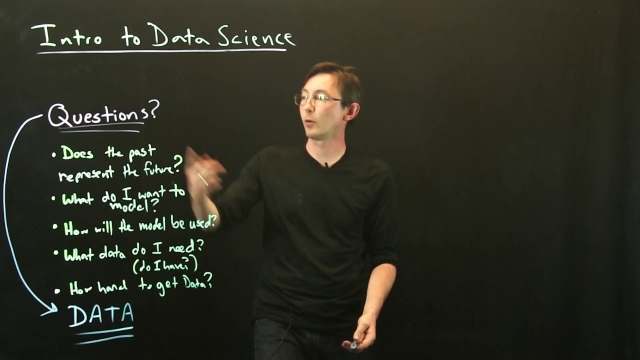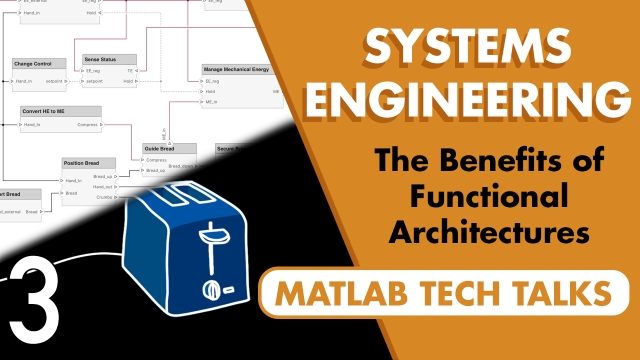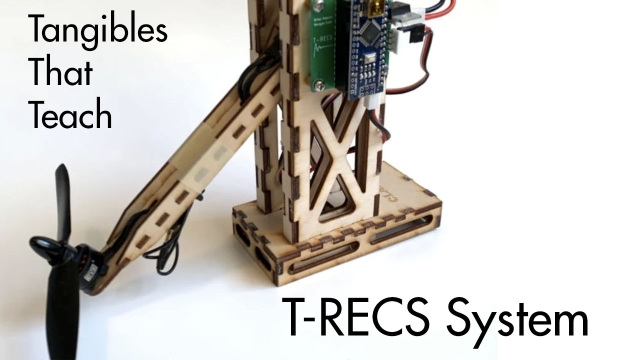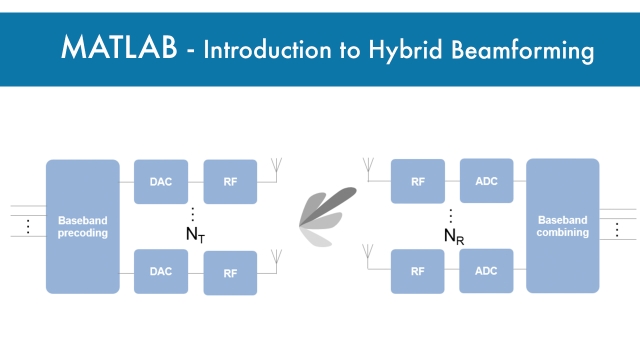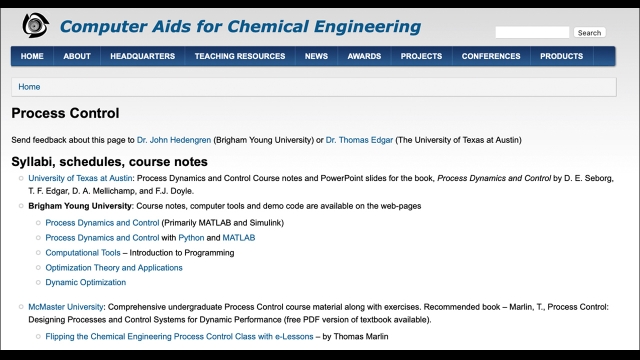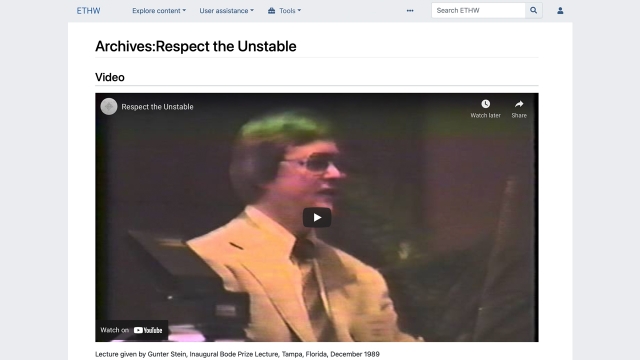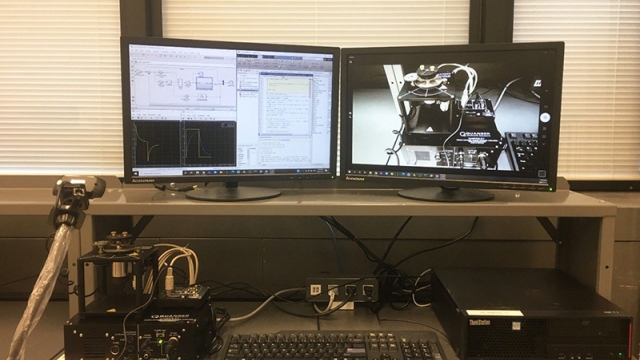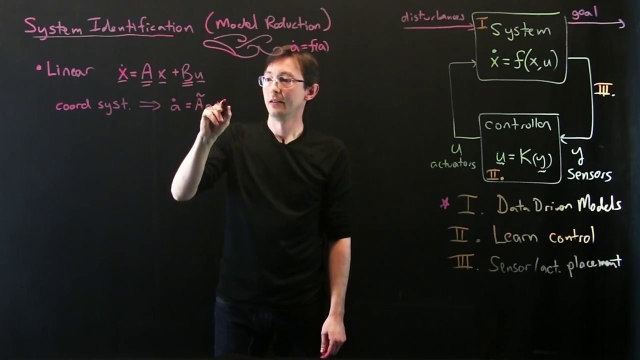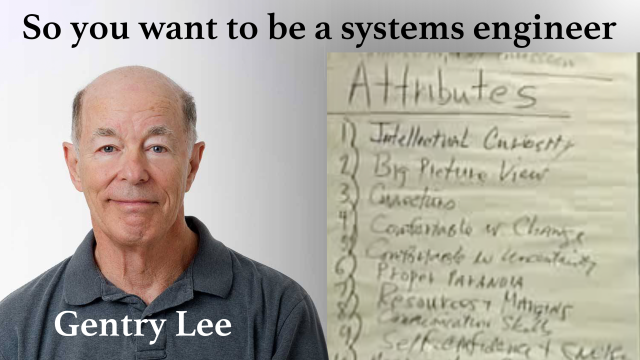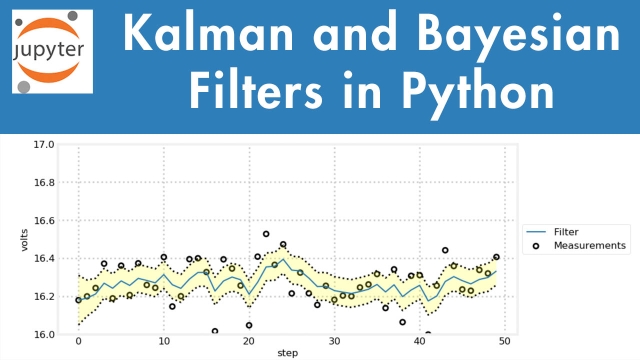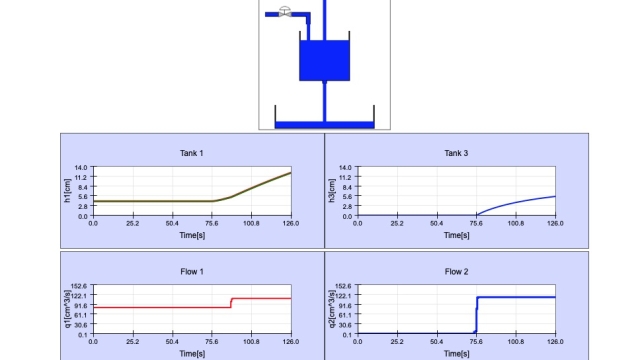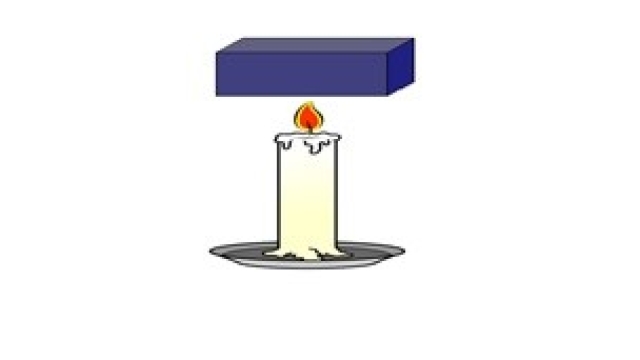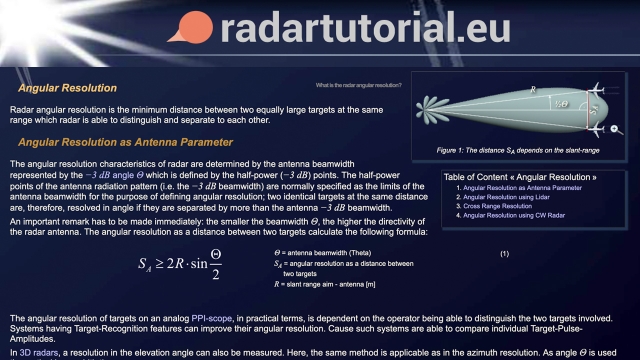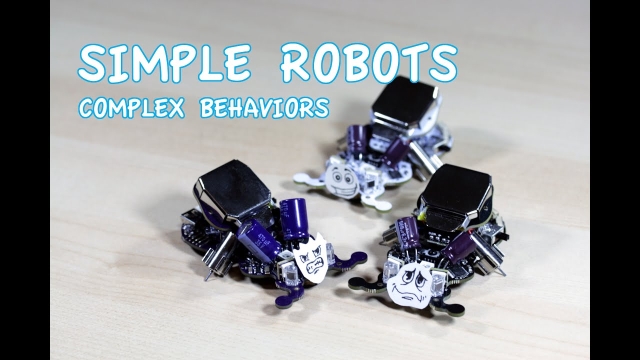
Intro to Data Science: Answering Questions with Data
This lecture describes the central aspect of data science: asking and answering questions with data. In particular, we discuss the thought process and progression of questions one might ask...
See MoreSystems Engineering, Part 3: The Benefits of Functional Architectures
Functional, logical, and physical architectures are important tools for designing complex systems. We describe what architectures are and how they contribute to the early stages of a project...
See MoreT-RECS System
The Transportable Rotorcraft Electronic Control System (T-RECS) is a collection of components that can be built into a rotorcraft demonstrator. This hardware can be used as a test bed to...
See MoreIntroduction to Anomaly Detection for Engineers
Anomaly detection is the process of identifying events or patterns that differ from expected behavior. This is important for applications like predictive maintenance but can be hard to...
See MoreIntroduction to Hybrid Beamforming
This MATLAB example introduces the basic concept of hybrid beamforming and shows how to simulate such a system.
See MoreNeural Network Overview
This lecture gives an overview of neural networks, which play an important role in machine learning today.
See MoreComputer Aids for Chemical Engineering
A curated list of resources for Chemical Engineering students. The resources include syllabi, schedules, course notes, textbooks, screencasts, software, hardware, and other useful links.
See MoreRespect the Unstable
An understanding of fundamental limitations is an essential element in all engineering. Shannon's early results on channel capacity have always had center court in signal processing...
See MoreRadar Systems Engineering Lecture 4: The Radar Equation
This Free Radar Systems Engineering Course (video, audio and screen captured ppt slides) and separate pdf slides) has been developed as a first course in Radar Systems for first year...
See MoreA Hybrid Lab Experience: Blending Hands-on Explorations with the Flexibility...
This case study examines how the Earth and Space Science and Engineering (ESSE) department at York University in Toronto offered a meaningful remote laboratory experience to over 180...
See MoreData-Driven Control: Linear System Identification
Overview lecture on linear system identification and model reduction. This lecture discusses how we obtain reduced-order models from data that optimally capture input--output dynamics.
See MoreRobust Control, Part 3: Disk Margins for MIMO Systems
This video shows how margin can be used to assess the robustness of multi-input, multi-output systems. We’ll show how disk margin is a more complete way to represent margin for MIMO systems...
See MoreSo You Want to be a Systems Engineer
A presentation by Gentry Lee on what qualities and characteristics make a great systems engineer. At the time of the presentation, Gentry Lee was the Chief Engineer for the Solar System...
See MoreFeedback in the Squishy Stuff: Introducing Chemical and Biological Process ...
Feedback doesn’t just happen in robots and self-driving cars, but in the regulation of our very bodies and in the ways in which we transform raw ingredients into materials we can use, be...
See MoreKalman and Bayesian Filters in Python
Introductory text for Kalman and Bayesian filters. All code is written in Python, and the book itself is written using Juptyer Notebook so that you can run and modify the code in your...
See MoreVirtual Lab for a Two-tanks system
This is a virtual lab for a two-tank system that can be used for modelling and control learing/teaching purposes. Open-loop tests and closed-loop simulatons based on PI control or PI plus...
See MoreProcess Control is Inventory Control
You change the inventory of heat to change temperature. You change the inventory of material to change level. Understanding how the inventory relates to the controlled variable is...
See MoreControl Systems in Practice, Part 5: A Better Way to Think About a Notch Fil...
This video describes an intuitive way to approach notch filter design by thinking about the problem as an inverted, lightly damped, second-order low-pass filter. Then, two additional poles...
See MoreInteractive Course for Control Theory
Control Theory is a topic that finds a widespread application throughout engineering and natural sciences. It is very common in electrical, mechanical and process engineering. Especially...
See MoreVectors, Dot Products, Cross Products - 3D Kinematics
Walter Lewin is one of the most reputed professors and was a former lecturer at MIT. His free to watch series on YouTube titled 8.01 is an excellent one for undergrads and high school...
See MoreUnderstanding the Discrete Fourier Transform and the FFT
The discrete Fourier transform (DFT) transforms discrete time-domain signals into the frequency domain. The most efficient way to compute the DFT is using a fast Fourier transform (FFT)...
See MoreRadar Angular Resolution
This radartutorial.eu page describes angular resolution. Radar angular resolution is the minimum distance between two equally large targets at the same range which radar is able to...
See MoreThe Braitenberg Vehicles
This video explores the world of simple logical robots as described by Valentino Braitenberg in his book Vehicles, Experiments in Synthetic Psychology. With very simple linkages between...
See MoreRobust Control, Part 4: Working with Parameter Uncertainty
The previous two videos showed a few different ways to quantify how robust a system is to model and plant uncertainty by looking at how much input and output variation it can handle before...
See MoreSprint - Test Flight 8 and Data Review
This video is part of a series that details the design, build, and test of Sprint - a thrust vector controlled model rocket by Joe Barnard of BPS Space.
See More
